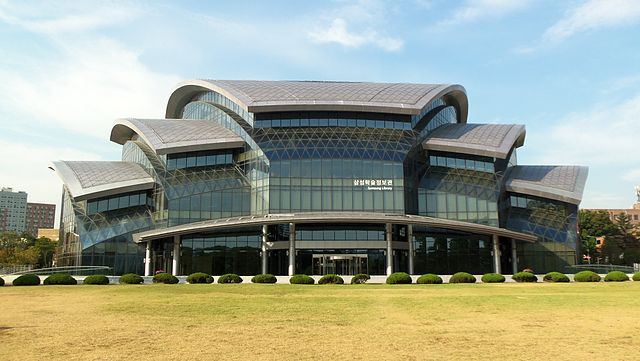SKKU: Professor Sohee Jeong’s Research Team Developed Covalent Eco-friendly Quantum-dot Material Using Reaction Intermediate
Professor Jeong’s research team (first author: Youngsik Kim, researcher: Hyekyoung Choi) said that they have developed a micro-growth control technology of InP quantum-dot materials that are spotlighted as light-emitting materials on next-generation quantum-dot displays (i.e., OLED) in collaboration with a joint research team led by KAIST Professor Yong-Hyun Kim and UNIST Professor Hu Young Jeong.
The team presents a method that isolates late reaction intermediates, which have well-defined facets and crystalline features, so that it can predict the surface energy, from various reaction intermediates existing during nanocrystal synthesis, and suppresses the further growth by using the surface energy of the isolated intermediates.
Until now, the reaction pathways of InP quantum dots were so complex and difficult to control the nanoparticle’s surface energy that only growth in spherical form was possible. However, firstly in the world, they developed a synthetic route for single-crystalline tetrapod semiconductor nanoparticles. This is achieved through the control of the growth of particles with surface energy by separating and analyzing the reacting intermediates with well-defined facets and using these for growth.
Prof. Jeong said “This research has opened a new stage for the development of new materials by tailoring the surface structure of covalent artificial atoms. As the ‘single’ nano crystalline tetrapod developed by the research team shows the highest quality in color purity, it is expected that it can be useful to develop the next generation of nanoparticles in quantum dot display. Additionally, as it shows different optical and physical properties with existing ‘multi’ nano crystalline tetrapod, the ripple effect is expected.”

